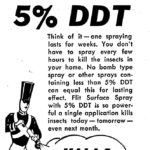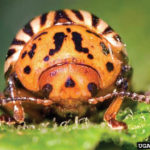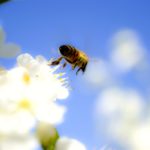
Tag Archives Neonicotinoid

Year in review: Keep an eye out for these critters in 2020
Entomologist John Gavloski says these should be on your radar

Neonics leave bees vulnerable to mites, study shows
The pesticides are shown to affect bees’ ability to groom themselves

Regulatory process improving safety
Older, less safe products have always been phased out for newer, safer ones. The latest issue with neonics is nothing new
Editorial: Right questions, wrong answers
Health Canada proposes some neonic restrictions

U.S. study questions neonics for soybean aphid control
The effectiveness of the insecticide has diminished by the time the plants are at the stage when the insects arrive

What’s the future of Colorado potato beetle control?
Neonics may be losing the beetle battle. What are the alternatives?

Neonic replacement not popular with farmers or beekeepers
They’re too expensive, ineffective and still harmful to bees, to cite just some of the concerns expressed

Bee death reports continue decline: Health Canada
Neonic pesticides have been widely blamed for these losses but the reality is much more complex

U.S. lists first bumblebee species as endangered
The species is just one of 47 in the U.S. and Canada, a quarter of which are considered at risk of extinction


